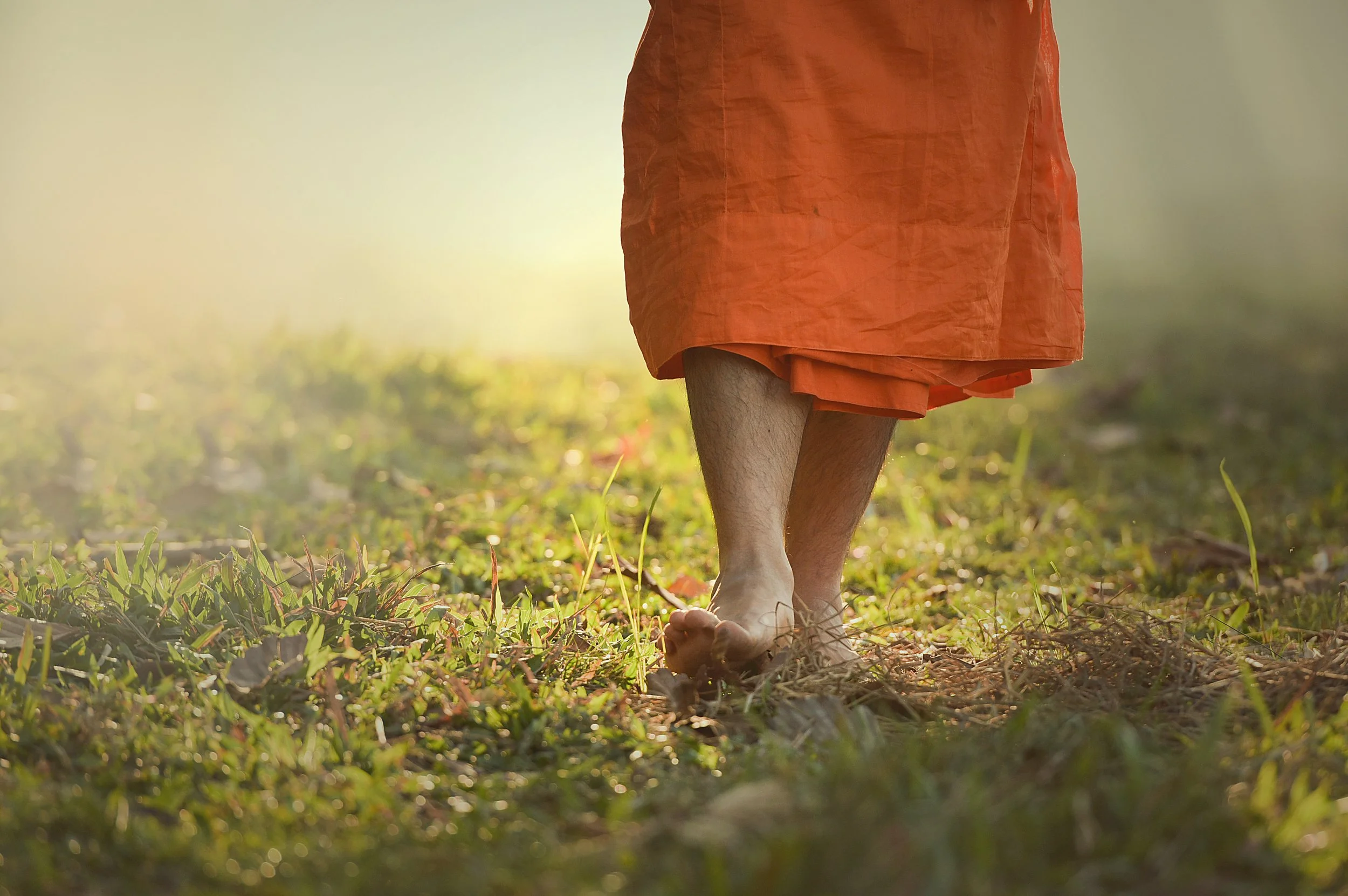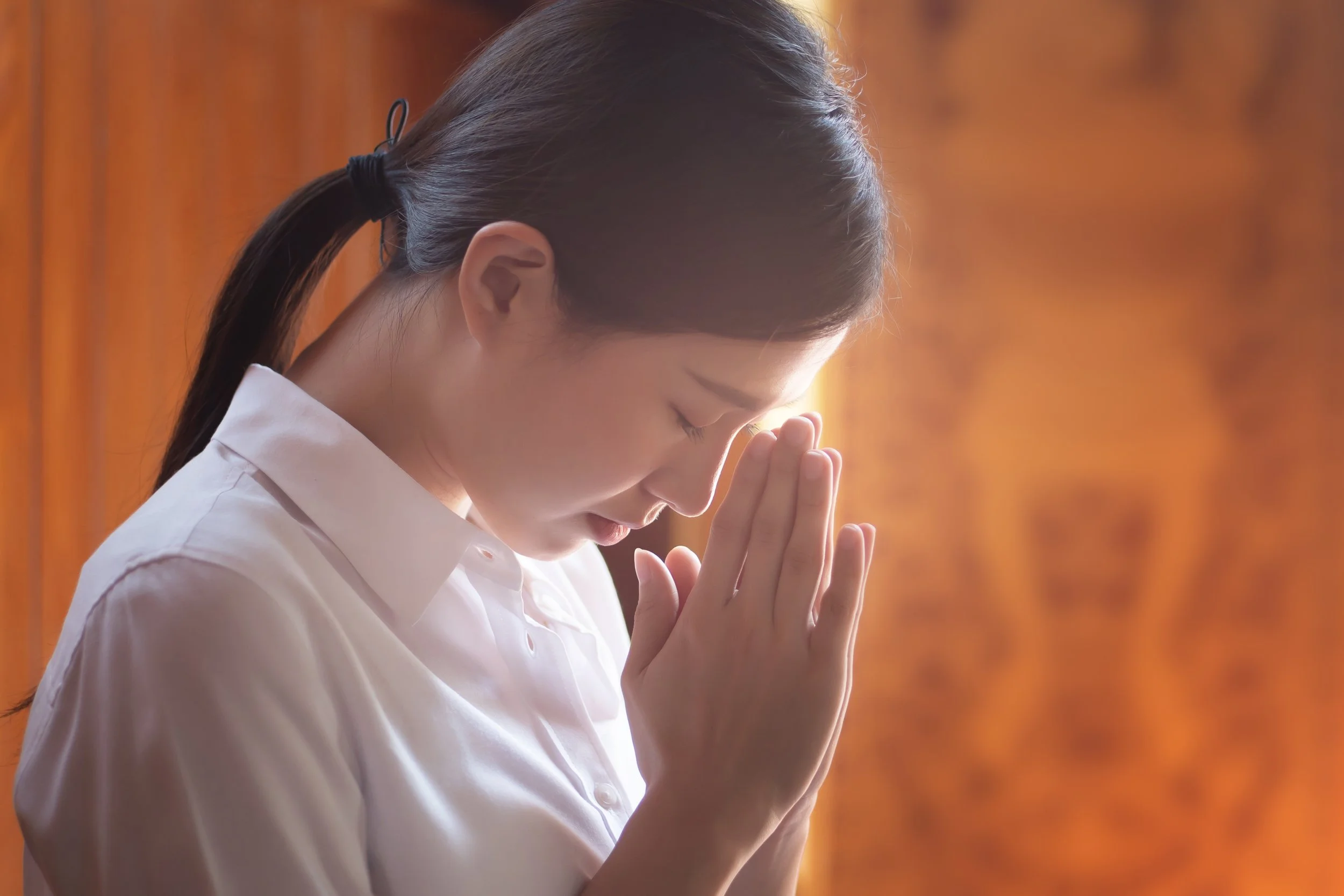Elements of Practice
FAQs
What is Zen?
This question basically asks "What is the essence of Zen?" And there is no simple answer. This is a famous question in the Zen tradition and answers have ranged from "The oak tree in the garden," to "Have a cup of tea." The real answer must be found by you through your practice. It cannot be given to you. A better question may be: "What has brought you to this first Zen meditation sitting?"
Why is the sitting posture so important?
Proper sitting improves meditation. We need to be well grounded. We also need to make sure that our blood flows smoothly and evenly to prevent tiredness creeping in and muscles aching. With a little practice, you will find that a firm posture is relaxing. We call our sitting practice zazen. When you think about sitting, you are likely to envision the traditional cross-legged posture, which many people use. Other people use a bench and adopt a kneeling position. Still others use a chair. The aim is to remain still -- not rigid, but solid and steady. We offer a session of meditation instruction on Sunday mornings, and you can discover which posture works best for your body.
Why does it seem so Japanese?
The historical Buddha lived in India. Over time his teachings reached east to China, notably with the monk Bodhidharma. Later, Japanese visitors to China studied Buddhism and brought it back to their own country. As Buddhism has traveled, it has taken on much of its surrounding context. The culture of Japan is embedded in our Buddhist practice because it came to the United States primarily through Japanese priests. Much of the vocabulary, clothes, and ceremony seen in our service traces back directly to Japan. We are thanking and honoring these Japanese people for their gift to us by continuing to use much of their culture in our practice.
Why do we bow?
We bow for several reasons. First, we're honoring Buddha. But we are not worshipping him. Buddha is not a deity. The historical Buddha was an enlightened man and a wonderful teacher, and we are expressing our thanks to him when we bow. Second, we are bowing to the Buddha nature within ourselves. We believe that each person carries within her or him the potential to realize full awakening to this Buddha nature. Third, we are humbling ourselves. Think of yourself as a body full of ego, which spills out when you bow. In Buddhism we aim to rid ourselves of our sense of self because it separates us from other people and the rest of the world. You will find in Zen that we bow to ALL things, each other, our sitting mats, the tea cups, all as a sign of respect and mindfulness.




